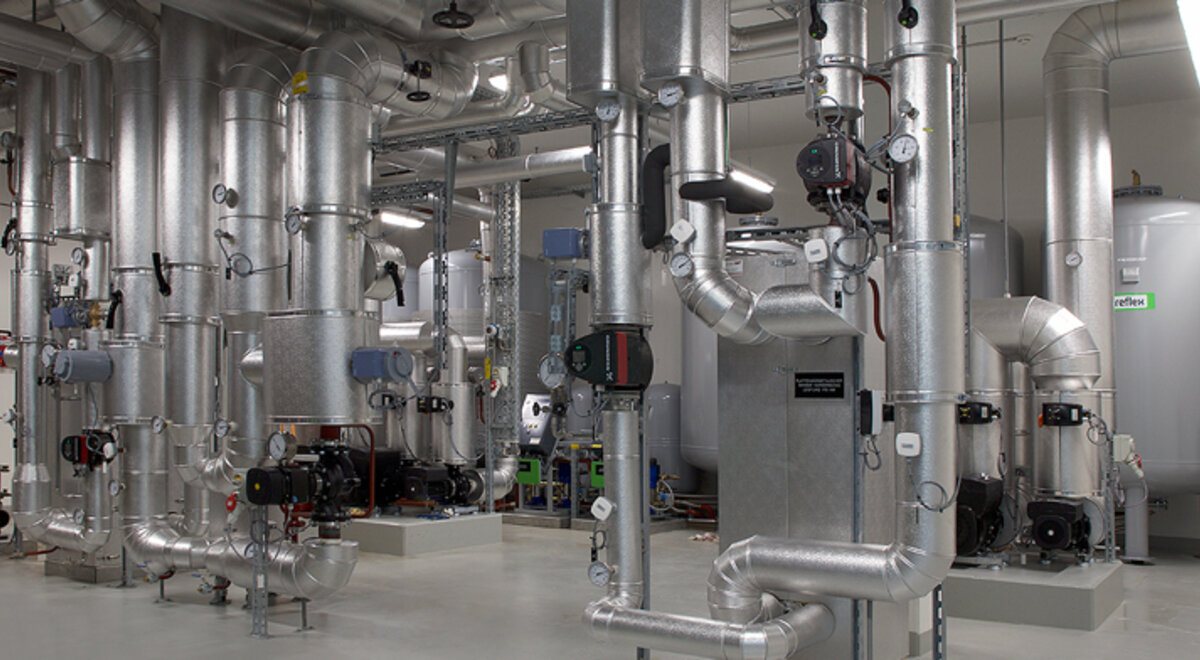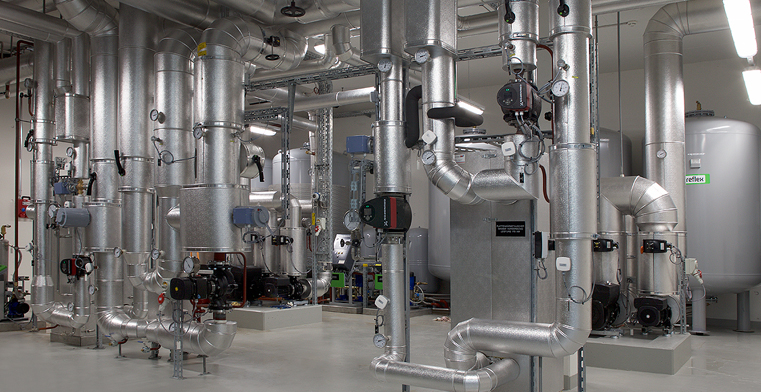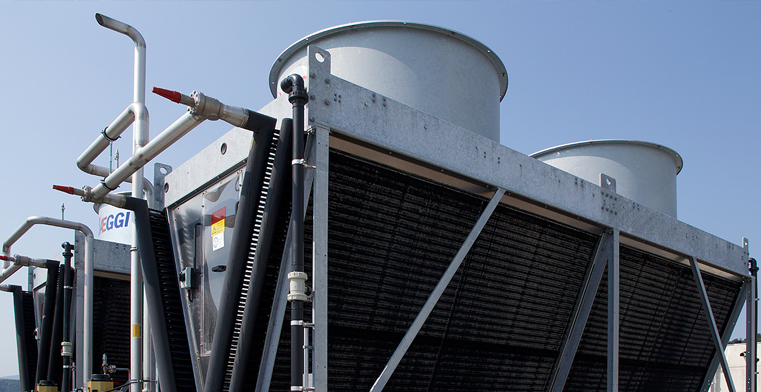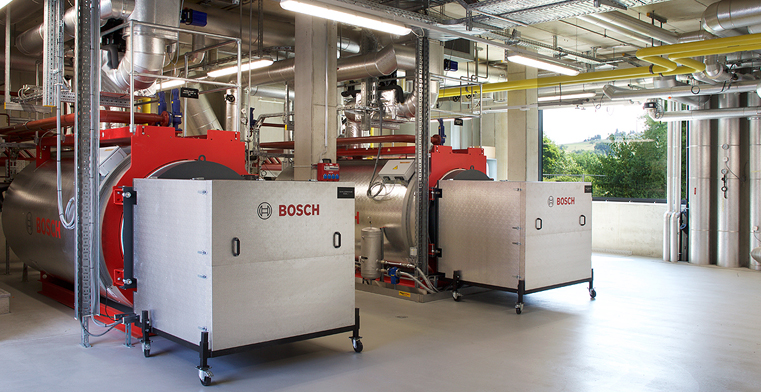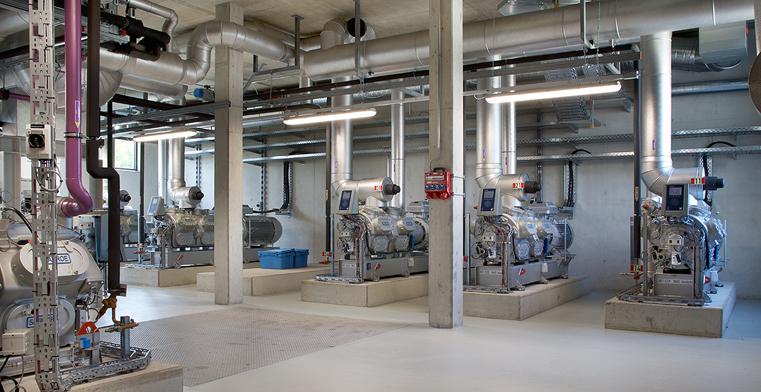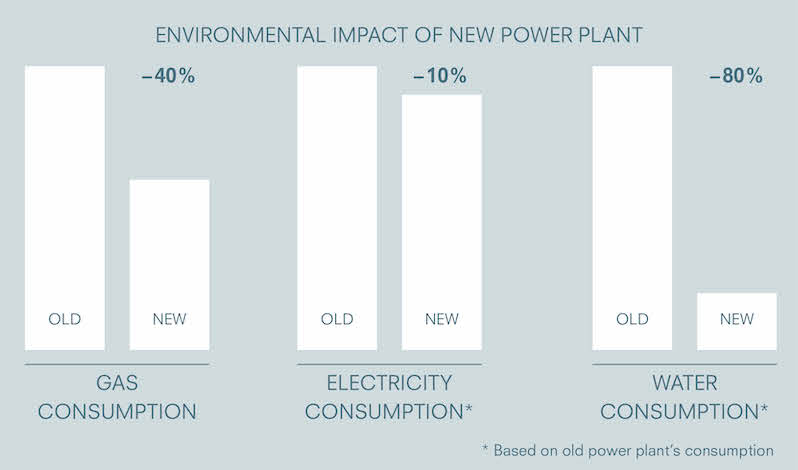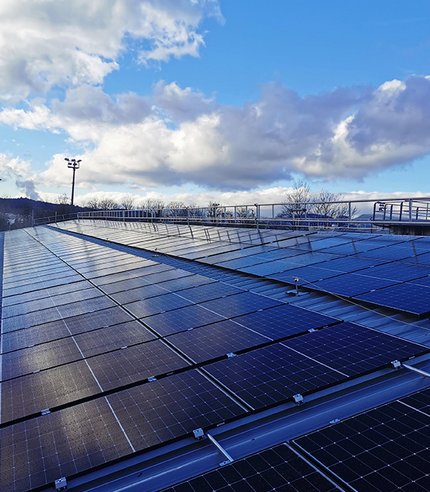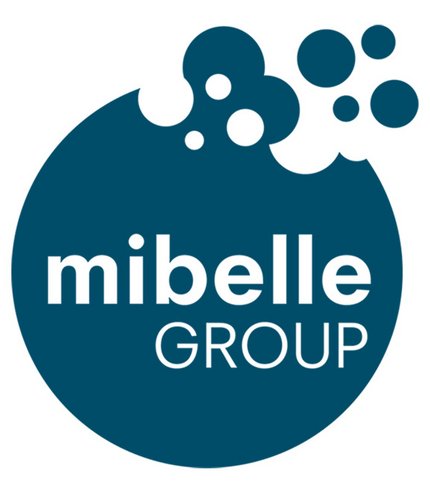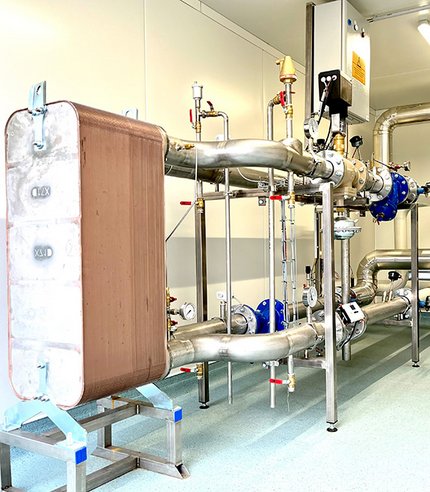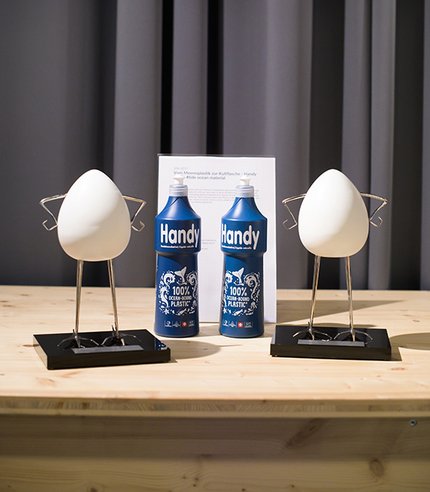After 50 years in operation, the plant’s two boilers and six ammonia compressors have reached their limits. Stefan Madörin, Head of Technical Services, states: “The risk of breakdowns increased with age and it became harder to source spare parts. Nowadays we’ve also come a lot further ecologically. The old plant used too much energy and water. The new power plant was the single biggest project since Mifa AG moved to the Frenkendorf site.”
The new power plant is based on a modular design and uses much less energy thanks to cutting-edge technology and integrated heat recovery. It can target refrigeration as required and much more accurately, for example. Heat is buffered, heat loss from the power plant and manufacturing processes is recovered and fed into the company’s own heating network by heat pumps. At the same time, all the manufacturing processes have been modified, so that they operate at lower temperatures and thus use less heat energy. All in all, the ecological benefits are considerable:
- 40% reduction in gas consumption
- 10% reduction in electricity consumption
- 80 % reduction in water consumption.
The new power plant is an integral part in order to meet with the sustainability strategy of the M-Industry and Migros’ climate and energy strategy.
The new plant is much more sparing with resources, which is good for the environment and simultaneously significantly cuts operating costs. Around CHF 11 million has been invested into the new plant. Despite these high costs this investment will pay for itself in a short time, thanks to the high efficiency gains.

